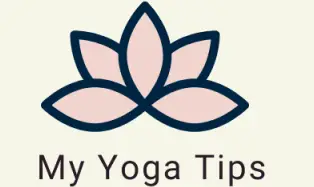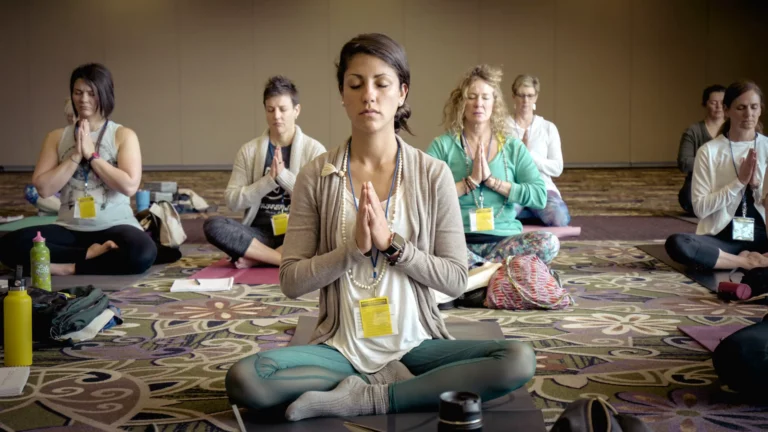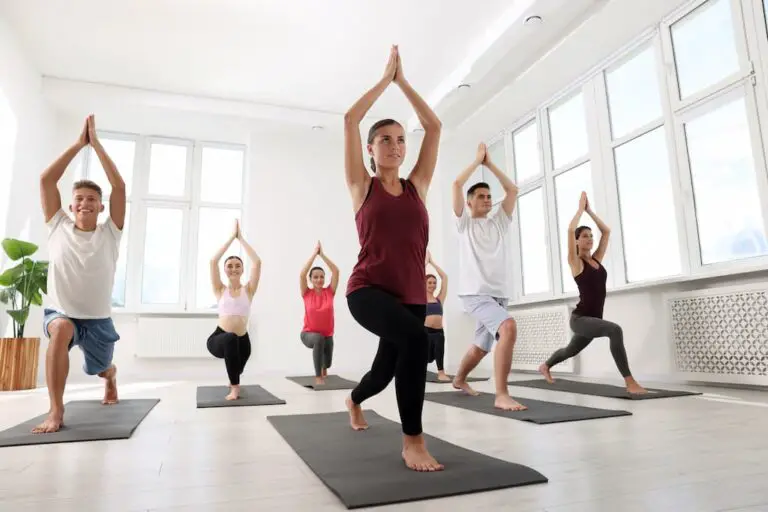Yoga On Rest Days: The 7 Pros And Cons

Every day is a great day for yoga!
If you are a yoga enthusiast, there is no doubt that you’ve already experienced the incredible impact it has on your quality of life and overall well-being. There is also a high possibility that you cannot imagine going a day without stepping onto your mat.
Rest days are an essential component of your training schedule that should never be neglected. Yoga is an effective and highly therapeutic practice to integrate into days dedicated to rest and recovery. Gentle, slow-paced practices such as Hatha and Yin Yoga are strongly recommended.
As a keen yogi or fitness devotee, you may be wondering if you should do yoga on rest days. What are the potential benefits and drawbacks of practicing yoga on a rest day?
Discover the pros and cons of doing yoga on rest days so that you can confirm if it is something that will support your individual training goals and lifestyle.
What Are Rest Days? And Why Are They Necessary?
In health and fitness, a rest day refers to a day off from your regular exercise routine. Your workout program is put on hold for one full day dedicated to rest and recovery. It is an opportunity to relax, refresh and restore the body and mind.
Regular days off from training will give you the physical and mental boost you need to come back stronger. Rest days will benefit and support you in several ways:
- Gives your muscles the chance to heal and grow.
- Avoid injury from overtraining.
- Prevent physical and mental burnout.
- Optimize performance, motivation and overall sense of well-being.
Should You Do Yoga On Rest Days?
If rest days are meant for relaxation and time off from physical activity, should yoga be avoided? It is easy for yoga to become a habit and way of life. There is often an irresistible draw to the breathwork, stretching, and positive effects of the practice.
Let’s have a look at the possible pros and cons of doing yoga on rest days.
The Pros Of Doing Yoga On Rest Days
Yoga practice on rest days can contribute to your active recovery.
- Increase Mobility
The impact load and repetitive use of the same muscles during training can cause the fibers to shorten and lose elasticity, inhibiting joint mobility. This results in decreased strength and performance and increases the risk of injury for your body.
The gentle movement, stretching and flow sequences in yoga will enable you to move your joints, muscles and tendons through a full range of motion, which will encourage more strength and flexibility during your workouts.
- Decrease Lactic Acid And Muscular Imbalances
Intense workouts may promote a build-up of lactic acid and knots in the muscles. This may lead to muscular imbalances, where one muscle is shorter, smaller or weaker than the other. Over time, postural issues and framework injuries may develop, especially in the shoulders, hips and back.
Yoga is an excellent way to break up lactic acid, realign and balance the body. The various stretches and asanas (poses) will help to strengthen and lengthen the chronically tight and overworked muscles.
- Reduce Stress And Improve Sleep
Burnout from constant strenuous activity and life’s daily stressors can leave you feeling physically and mentally drained. This will have a negative impact on your sleep, mood, stamina and focus.
A gentle, low-impact yoga session is an ideal way to counterbalance these harmful effects. A number of studies have shown how restorative yoga may help reduce stress, insomnia and anxiety: stress-reducing therapy without side effects!
The therapeutic combination of movement, breathwork and mindfulness has a powerful effect on mood, recovery and overall sense of well-being. Lower cortisol levels are essential for physical and mental grit, rejuvenation and motivation.
- Combat Inflammation And Accelerate Healing
A 2015 study confirmed that a regular yoga practice might lower exercise-induced inflammation and reduce the risk of inflammatory disease. Yoga promotes higher levels of leptin and adiponectin in the body. These are natural chemicals that help to alleviate inflammation.
The Cons Of Doing Yoga On Rest Day
Is it possible to get too much of a good thing?
- Risk Of Injury
Practicing yoga when you are experiencing pain, stiffness, or swelling can increase your risk of injury. The various poses and stretches may place excessive strain on the muscles, joints and tendons. This will result in overuse injuries, which will set you back and leave you with even more rest days!
- Challenging For Beginners
If you are new to yoga, adding the practice to your body rest and recovery plan may not be the best idea. Yoga poses and stretches can be challenging for beginners – not to mention mentally demanding. As a result, yoga will elevate the heart rate and place more strain on the body, making it a strenuous activity.
- Overtraining And Exercise Addiction
Does the mere thought of skipping a day workout leave you feeling anxious and guilty? Exercise addiction is real, and it can have harmful consequences. Overtraining and an obsession with exercise may lead to burnout, chronic stress, damaged relationships and serious health problems.
Active recovery, such as yoga can take away valuable time that you could spend exploring different hobbies and interests, or connecting with loved ones.
Read this article about 8 Yoga Tips For Beginners
The Verdict: Overall, It Is Ok To Practice Yoga On Rest Days
While a rest day sounds like the perfect opportunity to hit the snooze button and spend the day lazing on the couch with a marathon of Netflix series, fitness experts recommend that you include some sort of activity that gets your body moving. Complete inactivity should be avoided.
Yoga is fantastic for active recovery. A gentle, low-impact session will not sabotage your health or training goals. Instead, yoga has the potential to enhance the effectiveness of your training and rest days, as it accelerates healing, reduces stress and inflammation, and promotes mobility.
Yoga is like a physical and mental retreat. The powerful combination of mindfulness, breathwork and flow can be incredibly therapeutic. It has been proven to create a greater sense of well-being.
What Style Of Yoga Is Best For Rest Days?
Gentle, restorative yoga is highly recommended for rest days. The session should include slow movement, resting into poses (asanas) for a longer period.
Hatha, Yin and Restorative Yoga are ideal for active recovery. These styles are passive and low-impact, with the perfect balance of stretching, breathwork and mindfulness. They have been shown to improve flexibility, promote muscle repair, and release both physical and mental tension.
Remember that a rest day yoga routine does not have to be a full hour. A 10, 15 or 20-minute session is realistic and extremely effective.
8 Yoga Poses To Do On Rest Days
Add the following restorative poses to your rest day yoga routine. Hold each pose for at least 1-2 minutes and breathe deeply.
- Reclined Butterfly Pose
- Child’s Pose
- Reclined Twist (Left and Right)
- Happy Baby Pose
- Supported Bridge Pose
- Legs-Up-The-Wall
- Reclined Pigeon Pose
- End with Corpse Pose (Savasana)
Try out this 25-minute Yin Yoga Full Body Release And Recovery routine by Boho Beautiful:
Tips To Keep In Mind
- You are your own best advocate.
- If you have an underlying health condition, always seek professional advice before starting or changing your fitness routine. If your are new seek for yoga instructor that will help you with your routine.
- Listen to your body – tune into your physical and mental well-being so that you can determine exactly when and how much rest is needed. It will take some time and practice to find your perfect balance.
Read my article about 6 Ways To Make Your Yoga Routine Actually Stick
Final Thoughts
Yoga is the ultimate rest day activity. The physical and mental stress following an intensive workout schedule can be significantly reduced with slow, gentle movement, conscious breathwork and mindfulness. See you on the mat!






